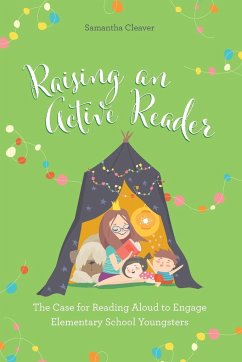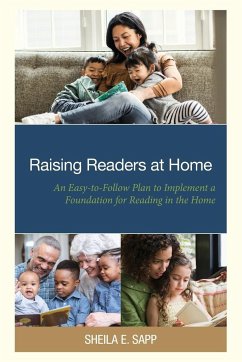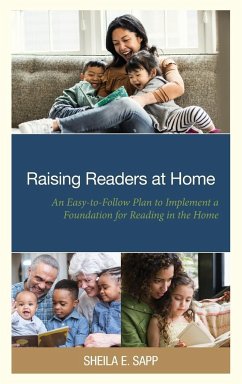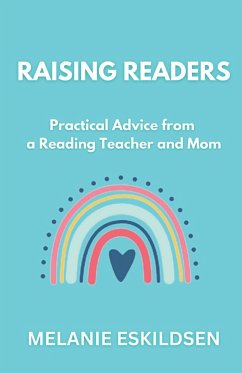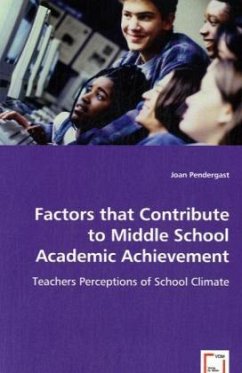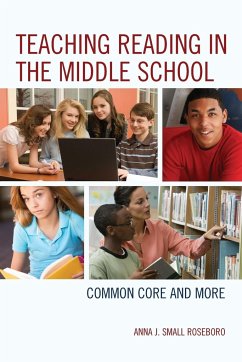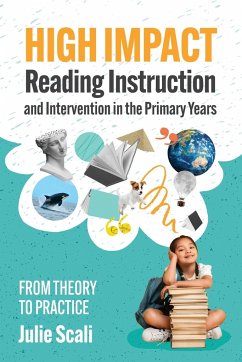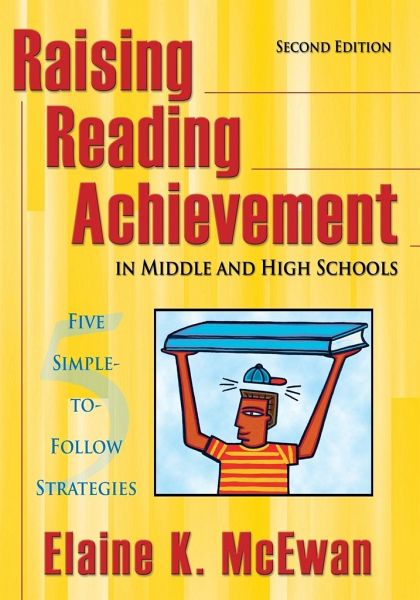
Raising Reading Achievement in Middle and High Schools
Five Simple-To-Follow Strategies
Versandkostenfrei!
Versandfertig in 1-2 Wochen
34,99 €
inkl. MwSt.

PAYBACK Punkte
17 °P sammeln!
Raising literacy levels in secondary schools has taken on a new urgency. Recognized author, Elaine K. McEwan, focuses her revised second edition on broadening and enhancing the "five big ideas" for winning the battle against illiteracy, with reflection and discussion questions for reinforcement. With new research and programmes designed for adolescent learners, this update provides suggestions and developmental tools for administrators to effectively strengthen reading curriculum and teaching. Reading specialists, special education teachers, literacy coaches, intervention specialists, and cent...
Raising literacy levels in secondary schools has taken on a new urgency. Recognized author, Elaine K. McEwan, focuses her revised second edition on broadening and enhancing the "five big ideas" for winning the battle against illiteracy, with reflection and discussion questions for reinforcement. With new research and programmes designed for adolescent learners, this update provides suggestions and developmental tools for administrators to effectively strengthen reading curriculum and teaching. Reading specialists, special education teachers, literacy coaches, intervention specialists, and central office administrators can also use this essential tool for evaluating middle and high school reading programs and formulating school and district improvement goals. McEwan has enhanced the five strategies of the first edition with seven cognitive strategies of highly effective readers and more than 20 "teaching for learning" tips to infuse into daily content instruction. This indispensable guide helps educators: . Understand the current state of reading achievement . Alter the instructional planning and delivery system . Motivate all students to read, and teach them how to read to learn . Create reading cultures in schools An invaluable resource for site-based literacy and improvement teams, and for educators without a reading curriculum background, this comprehensive book encourages leadership and creativity to achieve high levels of literacy in today's classroom.





